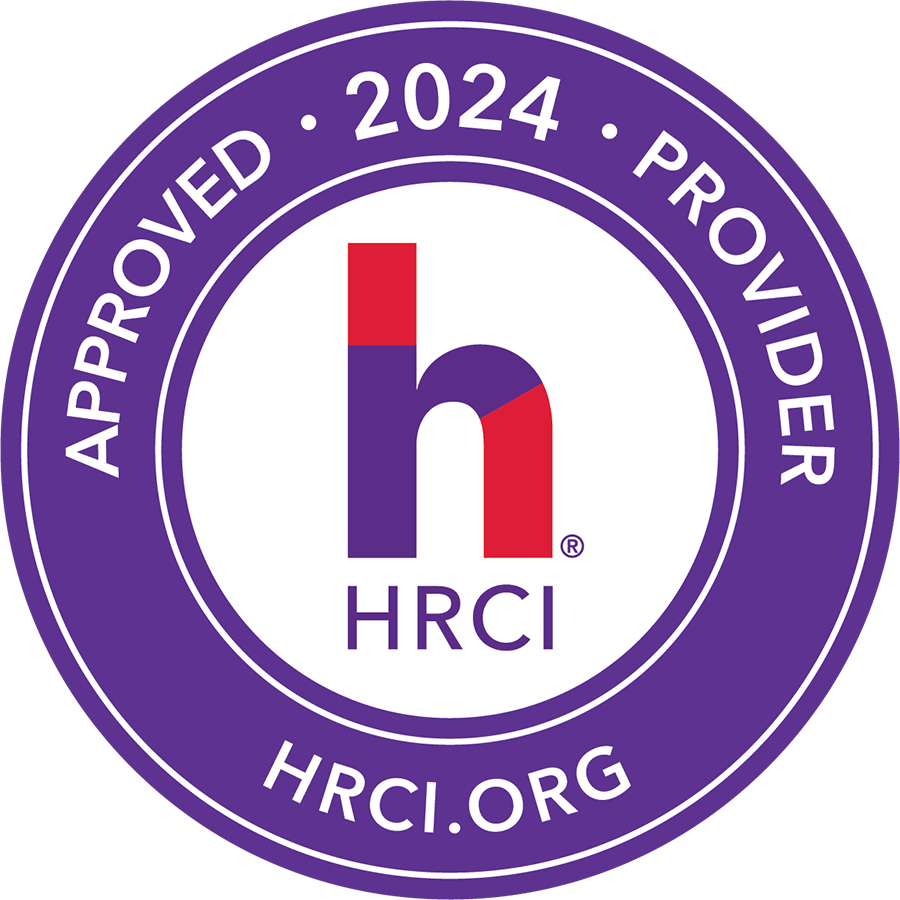Utilizing HR Metrics to Illustrate and Enhance Human Resource's Contribution
Pete Tosh is Founder of The Focus Group, a management consulting and training firm that assists organizations in sustaining profitable growth through four core disciplines:
- Implementing Strategic HR Initiatives
- Maximizing Leadership Effectiveness
- Strategic Planning:
- Enhancing Customer Loyalty
The Focus Group has provided these consulting and training services to manufacturing and service organizations across the U.S., Canada, Europe and the Middle East.
Pete held leadership positions — to include the V.P. of Human Resources and Quality — with Allied Signal, Imperial Chemical Industries, Reynolds Metals, Charter Medical and Access Integrated Networks.
Employees from over 3,000 organizations have benefited from Pete’s experience and perspective. Pete is co-author of Leading Your Organization to the Next Level: the Core Disciplines of Sustained Profitable Growth.
Pete holds a B.A. degree in Psychology from Emory and Henry College and Masters degrees in both Business Administration and Industrial Psychology from Virginia Commonwealth University.

This webinar has been approved for 1.00 HR (General) recertification credit hours toward aPHR™, aPHRi™, PHR®, PHRca®, SPHR®, GPHR®, PHRi™, and SPHRi™ recertification through HR Certification Institute® (HRCI®). Please make note of the activity ID number on your recertification application form. For more information about certification or recertification, please visit the HR Certification Institute website at www.hrci.org
For any further assistance please contact us at support@grceducators.com

Human Resource Departments have traditionally been concerned with the processing of transactions and administrative functions – often with little or no objective data to provide them feedback on:
- The effectiveness of their HR processes
- Or the contribution that these processes are making to the organization’s business strategy
However, many senior corporate executives are no longer satisfied with this scenario – they want HR to prove its value and effectiveness through objective data.
At the end of this workshop, participants will be able to:
- Use HR Metrics to ‘paint a picture’ and use the ‘language of business’
- Know how to gauge whether they are satisfying the needs of their internal customers
- Make continuous, meaningful improvements to HR processes
- Make greater contributions to their business’ strategic and operational plans
- Develop their personalized HR scorecard
- Discuss ways of strategically implementing their HR dashboard
- See and select from many potential HR Metrics
- Show that they are not afraid of measuring their contribution
Areas Covered
- The Benefits of HR Metrics to HR departments and Organizations
- Reasons for Utilizing HR Metrics
- What HR Metrics Produce - Identifying What to Measure
- Benefits and Limitations of Measurement
- Key Question: How to Best Measure an HR Process and Whether the Result will be Worth the Cost of Measuring
- What are Your Customers’ Most Important Expectations?
- What HR Processes Impact/Influence These Expectations?
- How Can the Performance or Results of These HR Processes be Measured?
- Five Categories of H.R. Metrics
- Four Step Process for Implementing HR Metrics - Recruiting, Interviewing & Selection Metrics
- Cost: Per-Hire Formula
- Cost: Per-Interview Formula
- Time-to-Fill Formula
- Offers Resulting in a Hire Formula
- Quality of Hire Formula
- Other Frequently Utilized Recruiting Process Measures
- Human Reactions to the Recruiting Process - Compensation & Benefits Metrics
- Four Key Objectives of a Compensation System
- Employee Compensation Cost Formula
- Compensation & Benefits Costs as a Percentage of Operating Costs Formula
- Profit Factor per Employee Formula
- Revenue Factor per Employee Formula
- Other Frequently Utilized Compensation Metrics
- Other Frequently Utilized Benefit Metrics
- Human Reactions to a Compensation Plan - Training & Development Metrics
- Training and Development’s Biggest Challenges
- Developing a Training Objective for Your Organization
- Four Levels of Training Evaluation
- Training Cost Formula
- Training Cost Per Hour Formula
- Knowledge Change Formula
- Skill Change Formula
- Performance Change Formula
- Other Frequently Utilized Training and Development Metrics
- Human Reactions to Training & Development - Retention Metrics Formulas
- Average Length of Service Formula
- Cost of Turnover Formula
- Quantity of Turnover Formula
- Quantity of Voluntary Turnover Formula
- Voluntary Separation Rate by Tenure Formula
- Replacement Factor Formula
- Quality of Performer Retention Formula
- Other Frequently Utilized Retention Metrics
- Human Reactions to Employee Retention & Turnover - Measuring Other HR Processes
- Metrics for Other HR Processes - Strategically Implementing Your HR Dashboard
- Creating Your HR Dashboard
- Four Key Summary Questions
- Taking the Next Steps
Who Should Attend
HR Professionals New to the Field & Experienced HR Professionals Looking for New Ideas and/or a Refresher
Why Should You Attend
HR professionals leading many of the best-managed HR departments across the U.S. rely heavily on HR Metrics to guide and improve their departments' performance. They recognize that metrics offer significant benefits to both their departments and organizations.
These HR professionals recognize that:
- Metrics is the ‘language of business’. Senior leaders are seeking objectivity. They don't speak in generalities and don't make key decisions based on opinions. Metrics communicate by painting an unbiased, objective, and believable picture
- They are in the service business and their H.R. function can be seen as only an overhead expense until others see value from the function. They appreciate the fact that the results that they don't objectively report often don’t count
- They need metrics to be able to compare themselves to standards and ‘best practices’ in other organizations. Those metrics provide early warning signals and identify performance gaps. And that it is difficult to control & improve upon any HR process that is not measured.
- Metrics provide a means of increasing visibility, clarifying performance expectations, and setting goals. Just measuring an HR process conveys its importance and tends to improve the performance of the process.
- Since the leaders of the other functions within their organizations - manufacturing, sales, accounting, customer service, etc. - measure and report their contributions and performance, they as HR professionals should as well.
-
$200.00
-



